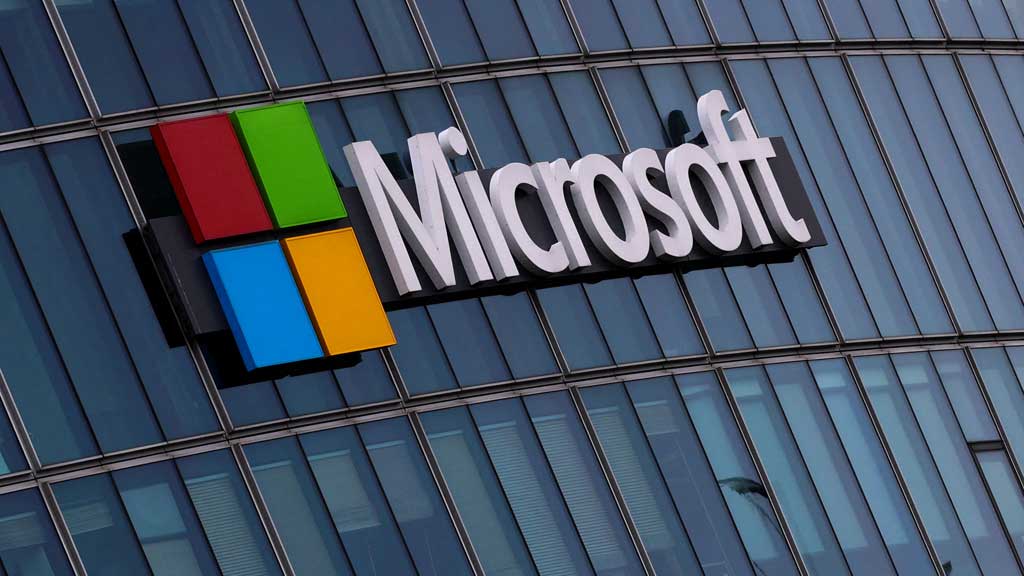• New AI assistant built on Azure AI Foundry will give agronomists instant access to 20 years of detailed crop data.
• Partnership aims to cut production costs and stabilize yields amid rising input prices and shrinking margins across U.S. agriculture.
• Initiative signals growing momentum behind digital infrastructure investment in food security and climate-resilient farming systems.
A New Push to Modernize U.S. Agriculture
Land O’Lakes and Microsoft have entered a multiyear alliance to scale advanced AI tools across the American agriculture sector, expanding a five-year relationship that has already brought cloud infrastructure and data analytics into core farming operations. The renewed collaboration pivots toward a deeper integration of AI models built on Azure AI Foundry and tailored to Land O’Lakes’ vast agronomic datasets.
The centerpiece is a new digital assistant called Oz, designed to give retail agronomists rapid, context-specific answers to farm-level questions. The companies describe it as a precision tool that condenses two decades of agronomic intelligence into a mobile interface that can be queried in seconds. The tool is being positioned as a way to relieve mounting economic pressure on farms, many of which face rising input costs, volatile crop prices and constrained land availability.
Leadership on both sides frame the alliance as a strategic investment in the long-term stability of U.S. food production, pairing Microsoft’s AI capacity with the cooperative’s 100-year track record in farm management.
Building a Digital Infrastructure for Farm-Level Decisions
Land O’Lakes’ network of highly trained agricultural retailers has historically relied on an 800-page Crop Protection Guide drawn from millions of datapoints. The guide has long served as a trusted reference for diagnosing disease pressure, selecting crop inputs and identifying soil or weather-related risks.
Microsoft’s engineering teams have now converted this resource into a tailored AI model that can respond to complex queries and flag options for cost-effective interventions. Oz is currently in beta testing, with plans to broaden access to agronomists in the coming year.
Executives say the goal is to speed up decisions during narrow planting and growing windows, reduce unproductive input use and provide more consistent guidance at a time when farmers face an overload of data but limited time to parse it. The companies also view Oz as a foundation for future tools that can integrate real-time satellite data, soil diagnostics or pricing trends.
Land O’Lakes’ Internal Digital Overhaul
The alliance also reflects a wider digital shift within Land O’Lakes itself. The cooperative has migrated a large majority of its IT environment to Microsoft Azure and has adopted Copilot tools across internal functions. The organization has used Copilot Tuning to tailor internal systems to its proprietary agronomic knowledge base, strengthening accuracy and relevance for staff who need real-time operational data.
This transformation has already produced several data-driven solutions. A Digital Ag Platform integrates soil health, nutrient management and conservation practices. A Digital Dairy program helps farmers in low-connectivity regions track herd performance and, through Microsoft AI, align milk production with shifting consumer demand. These tools share a common aim: reducing waste, improving productivity and building a more adaptable U.S. food-supply chain.
RELATED ARTICLE: Microsoft Invests in Fortera to Scale Low-Carbon Cement Production
What the AI Shift Means for Investors and Food-System Stakeholders
For agricultural retailers, cooperatives and input suppliers, the Land O’Lakes-Microsoft partnership offers a blueprint for how data-centric models can be operationalized without overwhelming the people using them. Rather than bypassing agronomists, the strategy positions them as primary users of AI, enhancing rather than replacing human advisory roles.
For investors, the initiative points to a growing category of agriculture technology where returns hinge less on hardware and more on scalable, cloud-based intelligence. With farms grappling with climate variability, soil degradation and persistent labor shortages, demand for data-driven decision tools is expected to intensify, particularly if they can demonstrate measurable cost and yield benefits.
Regulators and policymakers may also view partnerships like this as part of a broader national objective. Strengthening digital infrastructure across agriculture aligns with long-term food-security goals and climate-adaptation strategies. AI-enabled diagnostics could eventually support compliance with conservation programs, nutrient-management requirements and federal or state sustainability incentives.
A Sector Under Strain, and a Growing Role for AI
The pressures facing American agriculture are not expected to ease. Margins have narrowed across major crops, and the cost of fertilizers, energy and finance remains elevated. At the same time, producers are being asked to adopt climate-smart practices and demonstrate progress against sustainability targets while keeping food prices stable.
The Microsoft–Land O’Lakes alliance offers a case study in how large incumbents can use technology partnerships to reduce operational friction and equip farmers for the coming decade. As Oz scales and new tools follow, the collaboration will test whether AI can deliver tangible performance gains across a sector that remains foundational to the U.S. economy.
In a global context where climate and food systems are increasingly intertwined, the outcomes of this partnership will be watched beyond U.S. borders. Agriculture is entering a period in which digital capacity will influence productivity, resilience and environmental performance. The choices made now — by cooperatives, technology companies and policymakers — are likely to shape the sector’s trajectory well into the next century.
Follow ESG News on LinkedIn

